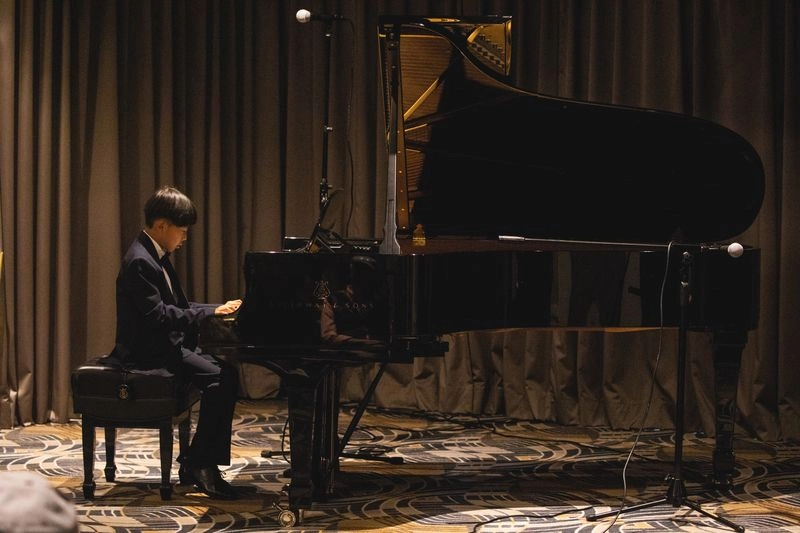Proper hand position is very important to being able to play piano capably.The fingers should be curved, especially the final joint of every finger. A good hand position can often be felt by simply relaxing your hands at your sides and then bringing the hands up to the piano. Look for a slight C shape between the thumb and index fingers, and try to maintain this while playing. The wrist should remain level on top. Generally fingers should point strait ahead in conjunction with the keys. Each finger should be centered on each of the five notes to allow for greatest accurately. posture should be upright, and seat should be high enough that the elbows do not drop below the level of the keys. Shoulders should be low, and the wrist and elbows should be flexible.
Scales are very important, because it gives the aspiring pianist an opportunity to just work on legato, and evenness. Legato, (Italian for Tied Together), is an important concept for piano, and best practiced with the scale. The idea is that notes are smoothly connected from one to the next. At the moment the first note is released the next one is pressed down. This means there is no overlap between the sound of the first and second note, and but no gap in sound. The next consideration is how even the sound is. Even refers to volume level, and also rhythm. It can be quite challenging for the beginning pianist to keep every note the same volume level, especially the thumb since it is heavier and tends to make more sound. Rhythm is best practiced with a metronome, and steadily increased as everything becomes more comfortable.
.svg)
.svg)
.svg)
.svg)
.svg)
.svg)





.svg)